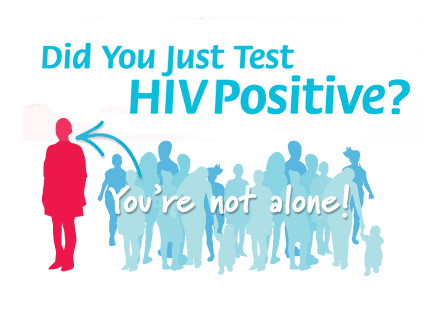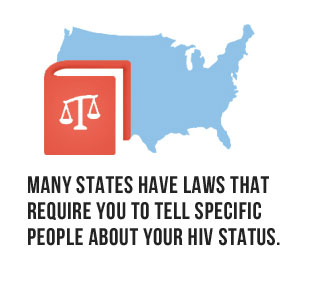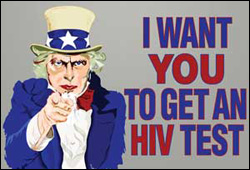I’ve had many occasions to tell a patient they were HIV(+). Over the last 20 years of my doing so, that message has changed from a death sentence to the acknowledgement of a chronic disease that will need to be battled for a lifetime. That said, the responses still haven’t changed much. There are differences in those for whom the diagnosis is a complete surprise (such as those who would have received it from a blood transfusion) versus those who suspect they’ve been infected (e.g. through IV drug use or risky sexual practices).
I’d imagine that the response is much like it was for an earlier generation when news was received that they’d contracted “The Big C (Cancer).”
- As I walk into the room, the patient is already in complete shock. It’s as if they’re thinking about the error of their ways and simultaneously not thinking at all.
- The moment requires finesse. It’s easy to blow in and out of a room and drop this bomb of news; after all, it’s a busy emergency room. However, this is important. This is a moment when someone’s life will irreparably change. It will either be the first day of the rest of their life or the beginning of the end of their life.
- Patients tend to want this information in private, although to a physician, this is a big red flag. This isn’t private information. Everyone in his/her life will be affected, and furthermore it’s important to start lining up one’s support from the very beginning. I want the patient to have loved ones around to hear this information if they will consent.
- “I need you to pay attention, and stay with me.” I’ll tell them this regardless of the outcome, because the fact that this information is being provided in an ER instead of a primary care physician’s office usually means there is some behavior modification that’s going to be needed regardless of the verdict.
- Let’s get this out-of-the-way, because that’s what he or she wants to know. “You’re HIV(+).” Again: “I need you to pay attention, and stay with me.”
There are different topics that need to be discussed.
- What it means to be HIV(+).
- What it means to have AIDS.
- How the rest of one’s life is going to look with and without treatment.
- What this will mean to one’s family, friends and other loved ones.
- How to give the patient the best opportunity for success.
The conversation can be devastating or empowering. You may find this surprising, but a significant number of patients take this news as a rallying cry. In the same way a smoker is suddenly able to stop smoking cold turkey on the day of a heart attack, newly HIV(+) patients find the strength to stop IV drug abuse and alter other high risk activities.
Here’s a bit of a disclaimer. It’s really not all about friends/family support. Friends and family need to be protected. These are the very people who immediately become at risk once a significant other becomes HIV(+), and they deserve to know they are at risk. In many ways it’s easiest to inform them from the very beginning, and it’s certainly in their best interest to know as soon as possible.
Back to you and your diagnosis: you may have noticed I haven’t given you much time to breathe or grieve. There will be plenty of time for you to experience denial, anger, bargaining, depression and acceptance after you leave the emergency room. In real-time, the virus is here, and the risk for risk management begins immediately, especially given it likely wasn’t being handled previously. The most important purpose of your visit wasn’t the launching of your grieving process but the mobilization of resources to treat you and protect others.
A final point: you really don’t want to go through this. Seeing the utter despair, fear and depression indicates that life at best will be very challenging to live. The steps to minimize your risks are so straightforward. It’s agonizing to see those newly diagnosed mentally retracing their steps, knowing that wearing condoms or not being promiscuous or not engaging in needle use was within their control. Make better choices on the front end. After all, you probably wouldn’t knowingly step in front of a moving truck.
Please get tested.
Thanks for liking and following Straight, No Chaser! This public service provides a sample of what 844-SMA-TALK and http://www.SterlingMedicalAdvice.com (SMA) offers. Please share our page with your friends on WordPress, Facebook @ SterlingMedicalAdvice.com and Twitter at @asksterlingmd.
Copyright © 2014 · Sterling Initiatives, LLC · Powered by WordPress.




